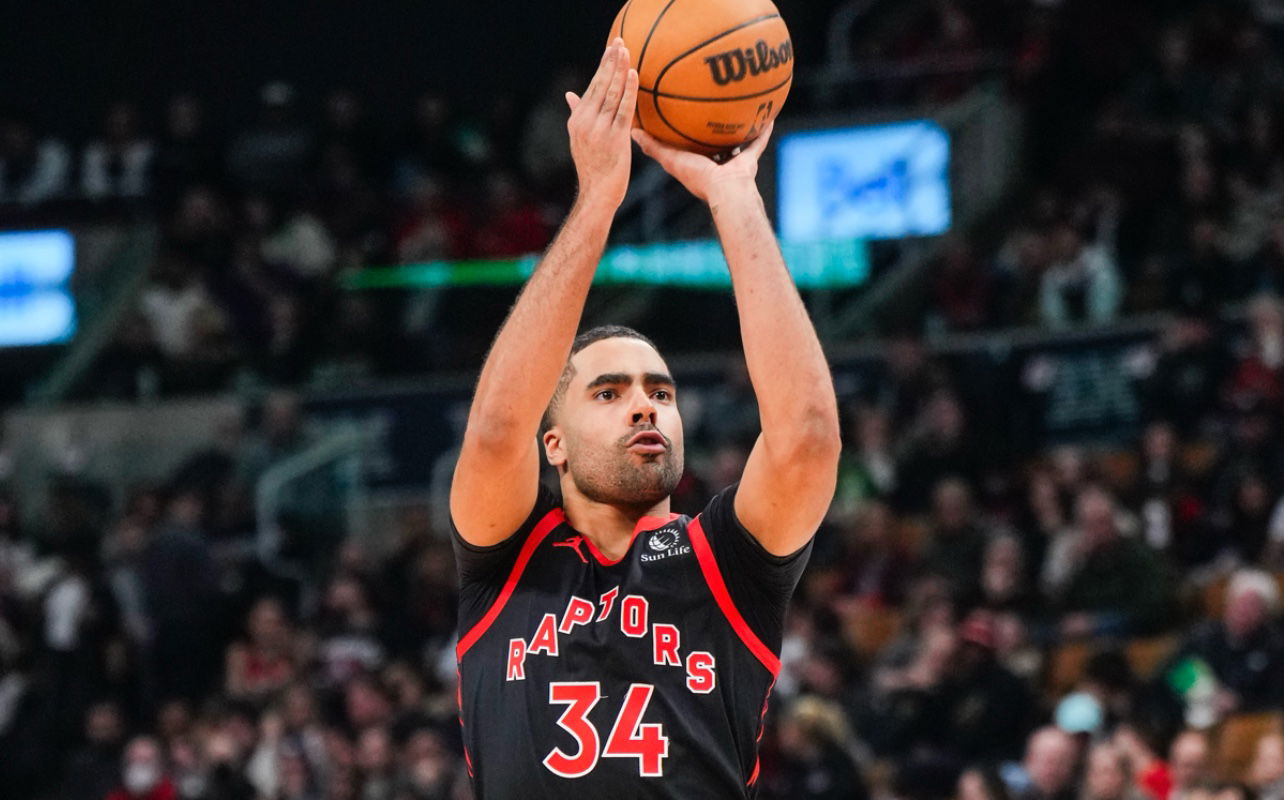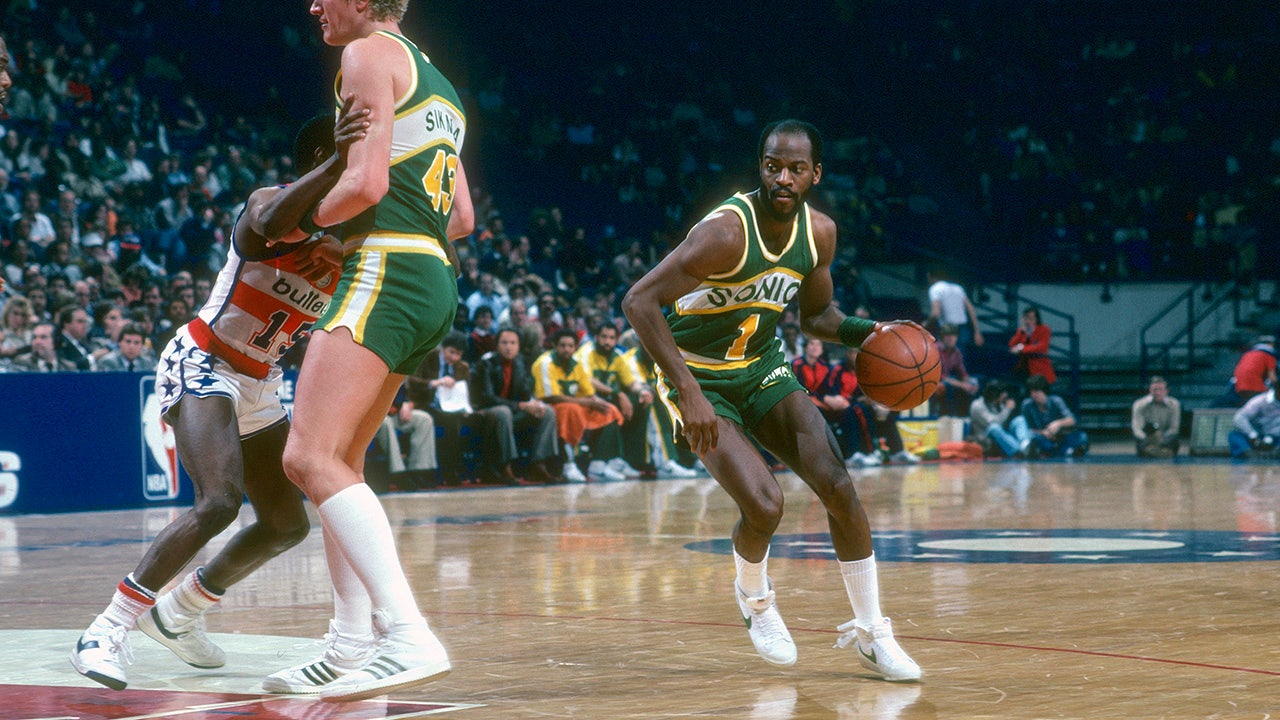Why Increasing Mobility Should Be Your Fitness Goal for 2025

Mobility isn’t just for older adults. Everyone can benefit from improving their range of motion to move more easily through each life stage. Mobility can promote healthy aging, joint function, strength and flexibility, making it easier to complete everyday tasks. It may even limit your risk of injury.
With 2025 fast approaching, consider adding a fitness resolution to increase your mobility. We spoke with experts to help you understand how to improve your mobility and why you should, regardless of age.
Why is mobility important?
Being mobile and active is more than just exercise — it allows you to move throughout your day and improves your quality of life. A lack of mobility can negatively affect your posture and balance, putting you at a higher risk of injuries, says Chris Mohr, fitness and nutrition adviser at Barbend.
According to the National Institute of Aging, maintaining your mobility is key to preventing disability and improving your chances of living independently as you get older. If you don’t prioritize mobility, it can create “a loss of strength, cardiovascular endurance, flexibility and independence,” says Devin Trachman, physical therapist and clinic director of Physical Therapy Central in Edmond, Oklahoma.
Studies also suggest that along with a negative effect on performing activities of daily living — which include bathing, eating, dressing, using the toilet and walking — lower mobility can reduce your cognitive functioning. This can increase your likelihood of social isolation and developing depressive symptoms, especially as you age.
“During youth, our body tissue tends to be more supple and responds better to novel stressors, so we tend not to see the loss of mobility as quickly,” says Alex Rothstein, program coordinator of exercise science at New York Institute of Technology. Focusing on mobility when you’re young can help prevent these adverse effects and possibly increase your lifespan.
Simply put: If you don’t use it, you may lose it.
Benefits of mobility
Improving your mobility can have multiple benefits, including:
- Better posture, balance and muscle function
- Reduced fall risk
- Stress relief
- Increased range of motion and coordination
- Injury prevention
- Joint flexibility
The connection between mobility and exercise
Harvard Health defines mobility as the ability to move through your day with purpose, using skills like balance, coordination, stamina, range of motion and strength. Exercise, on the other hand, is a physical activity that improves your physical fitness, health and well-being.
According to a 2018 study in the Journal of Physiotherapy, exercise improved balance, cognitive function, endurance and mobility in people with cognitive impairment and dementia. Low-intensity exercises like walking, swimming, biking and yoga are safe for people who can’t perform vigorous activities. When done regularly, low-impact activities can help you recover from injury and illness while improving your mood, energy levels and mobility.
High-intensity exercises, such as hiking uphill, running, playing tennis or jumping rope, increase your heart rate and make it difficult to speak more than a few words without taking a breath. While both types of exercise can provide results, a 2012 meta-analysis focusing on older adults with impaired mobility, physical disability and/or multi-morbidity suggests that high-intensity exercise can improve physical function and mobility somewhat more effectively than low-intensity exercise.
Overall, a 2015 Sports Medicine article confirms that regular exercise and physical activity can promote healthy aging, slow the progression of mobility disability and improve motor performance.
Mobility vs. flexibility
“Flexibility refers to the ability of a muscle to lengthen. Mobility refers to the active ability to control movement through a range of motion,” says John Mercer, kinesiology professor at the University of Nevada Las Vegas.
One isn’t more important than the other. Healthy movement requires both mobility and flexibility. If your muscles and joints aren’t flexible, they can’t move through the full range of motion, which can limit your ability to move freely, making everyday tasks like reaching, sitting or walking challenging or painful.
Personal trainer Sara Heilman likens it to a rusty door hinge. At first, the door sticks and creaks, but it works fine. But over time, it becomes harder to open until it won’t work at all. “When one part of the body becomes stiff, we naturally compensate in other parts of the body, which can then lead to imbalance, causing larger issues like poor posture, sciatica and chronic pain,” she says.
Flexibility isn’t just about physical health; it also affects your cardiovascular health. According to a 2020 meta-analysis, stretching exercises can reduce arterial stiffness in older adults. Arterial stiffening increases your chances of developing cardiovascular disease later in life.
How much mobility do you need?
Children and adolescents should get at least 1 hour of moderate-to-high exercise daily, while adults should strive for at least 150 minutes, or 2.5 hours, of moderate exercise per week, according to the Physical Activity Guidelines for Americans. You should also complete muscle-strengthening activities at least twice per week.
The American College of Sports Medicine recommends flexibility and stretching exercises two to three times weekly, though daily stretching is ideal. It advises stretching to the point of slight discomfort or when you feel tightness in your muscles and doing a range of exercises to target each muscle group. Each stretch should last for 10 to 30 seconds. Older adults should hold the stretch up to a minute for greater flexibility.
Just a few more minutes per day of moderate to vigorous physical activity can significantly affect your life. One 2022 study shows that over 111,000 fewer preventable deaths occur yearly with 10 more minutes of physical activity per day. Increasing to 20 additional minutes is estimated to prevent over 209,000 deaths.
Getting a minimum of 150 minutes of moderate exercise per week can reduce your risk of developing metabolic syndrome, type 2 diabetes, heart disease and stroke, according to the Centers for Disease Control and Prevention. Stroke and heart disease are the leading causes of death in the US.
Ways to improve mobility
The best ways to improve your mobility depend on your current fitness level, health, age, ability and goals. For example, chair-based exercises can help improve cognitive and physical function in nursing home residents, according to a 2021 systematic review. Another 2011 study found that stroke survivors may find that water-based exercises can improve their ability to perform ADLs. Aquatic exercises can also improve function, pain and quality of life for adults coping with musculoskeletal conditions.
Mercer says that dynamic stretching (controlled movements that use your muscles to go through a full range of motion), yoga and Pilates are good ways to improve your mobility. Dynamic stretches are a great way to warm yourself up for a workout, as they put your muscles and joints through their full range of motion.
While one 2016 study found that yoga and Pilates can improve dynamic and static balance and strength in older adults, another 2019 study found that Pilates is superior for individual health and functional movement. Pilates has also been found to significantly improve balance and postural control, which can reduce your fall risk.
Best exercises for mobility
The best exercises for mobility can look different for everyone, depending on your strength and ability level. Water exercises offer a low-impact way to improve your mobility if you have access to a pool. You can also find YouTube videos instructing you on how to do Pilates and yoga at home without equipment.
Here are some exercises our experts recommend for mobility that you can do at home:
What aids can help with mobility?
Aids such as walkers, canes, crutches, rollators and guide dogs can help people with limited mobility move about their lives. You can also use aids while exercising to keep you safe and prevent injury.
“Tools such as resistance bands, foam rollers and massage balls help with stretching muscles and increasing range of motion,” Mohr says. Rothstein suggests a soft mat, such as a yoga mat, for exercising on hard surfaces and a stretch strap when working with hard-to-reach body parts.
Registered nurse and personal trainer Louben Repke of Repke Fitness in Millersville, Maryland, believes a foam roller may be the single best tool to improve mobility. “They allow you to do almost everything, from myofascial release by rolling on them to thoracic mobility exercises, strengthening exercises like hamstring curls and even basic stretches, such as laying on the roller with your arms out for a good chest stretch,” Repke says.
Repke also advises proper preparation to keep yourself safe while exercising. Take 10 minutes before your workout to warm up, doing light cardio or movements targeting the muscle groups you’re about to work on. Then, continue your warmup with stretching and mobility exercises before moving into your workout routine.
Don’t forget “easily overlooked things such as shoe choice, comfortable clothing and easy access to exercise,” Mercer says. Removing barriers can help you get into and maintain an exercise routine that will aid your mobility, flexibility and strength.
The bottom line
Mobility is essential to every life stage to ensure your body can move freely and with purpose throughout every range of motion. A lack of mobility can prevent you from performing everyday tasks like brushing your teeth, squatting to pick up laundry or your kid’s toys, bathing, dressing and other ADLs. It can also alter your balance and diminish your stamina, strength, arterial health and quality of life, especially if it causes social isolation.
Maintaining mobility with frequent exercises matching your abilities can improve your health and independence and reduce your risk of injury or disability as you age.
Related
Smartwatch and fitness tracker bands have ‘very high concentrations’ of…
Alarming news: A new study finds that several brands of fitness tracker and smartwatch bands contain “very high concentrations” of a man-made che
‘Wellness on the Water’ brings fitness and fun to Navy…
'Wellness on the Water' takes over Offshore Rooftop at Navy Pier Offshore Rooftop at Navy Pier is kicking off a special wellness event that's taking place thi
Popular fitness center to move into former CVS location in…
A Planet Fitness will open in Worcester’s downtown area in the summer of 2025, according to a press release from T.K. Skenderian of Conventures Inc.The press
Fitness Editors Say This Budget Treadmill ‘Rules All,’ And It’s…
Keeping up with your walking and running goals in the winter can be a challenge. If you're an outdoor runner, cold and dark early mornings and late evenings lim











